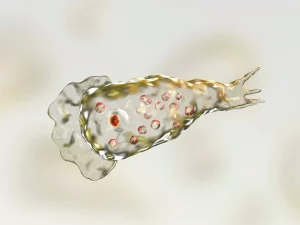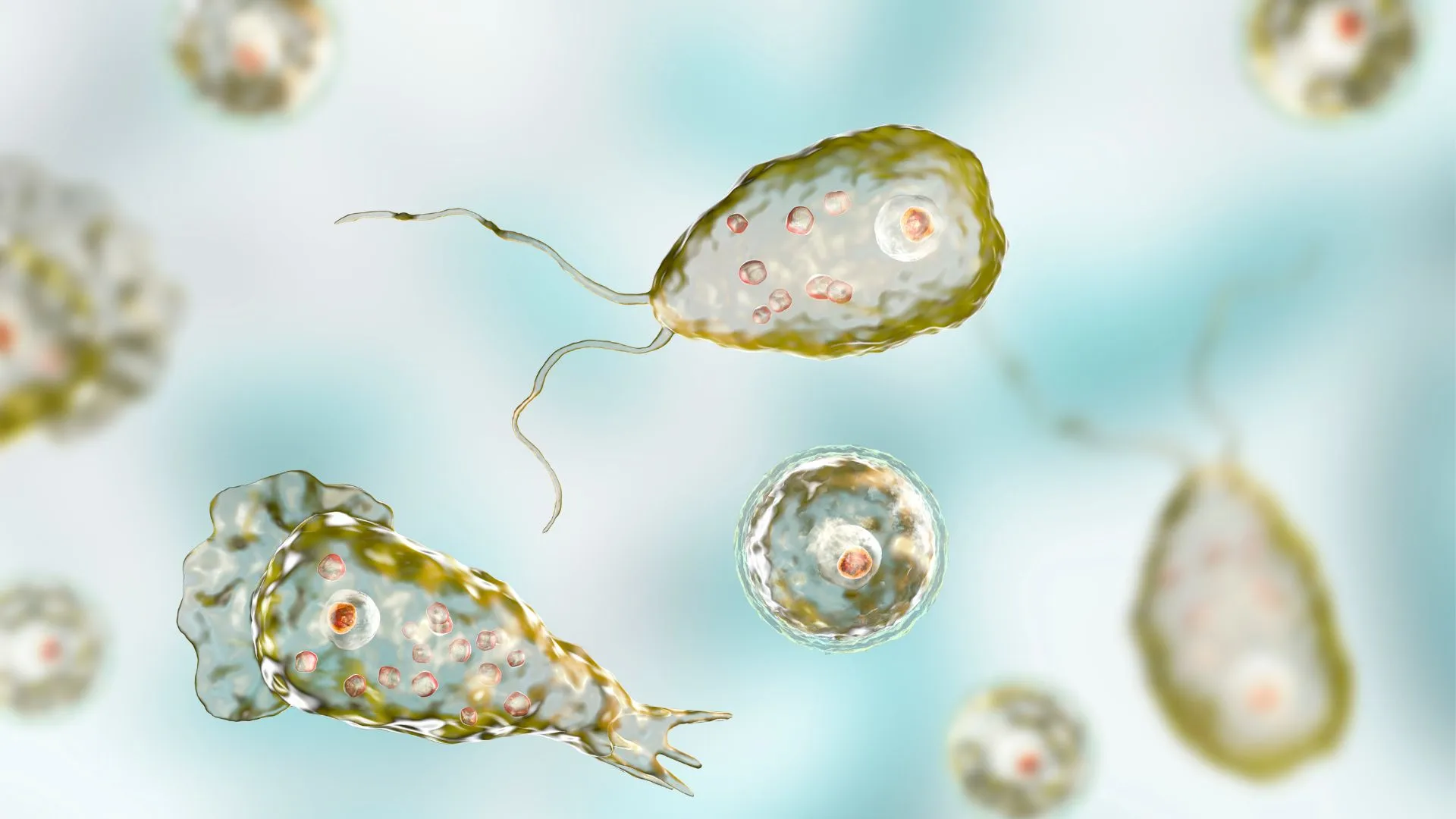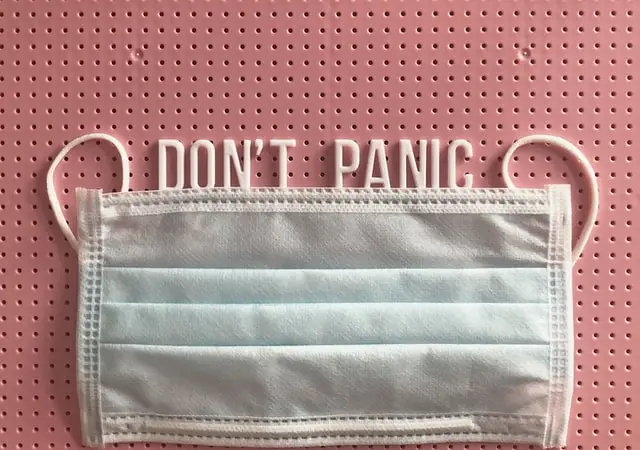Naegleria Fowleri
Naegleria is a free-living ameba (a single-celled living organism). It is so small that it can only be seen with a microscope. It is commonly found in warm fresh water (such as lakes, rivers, and hot springs) and soil. Only one species of Naegleria infects people: Naegleria fowleri.



